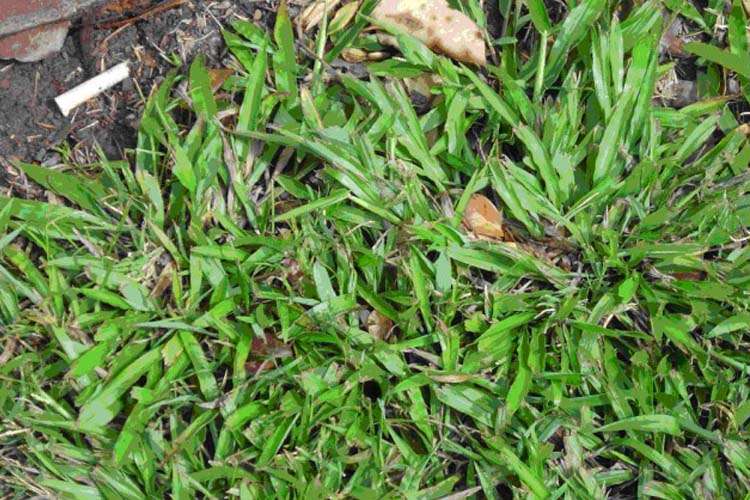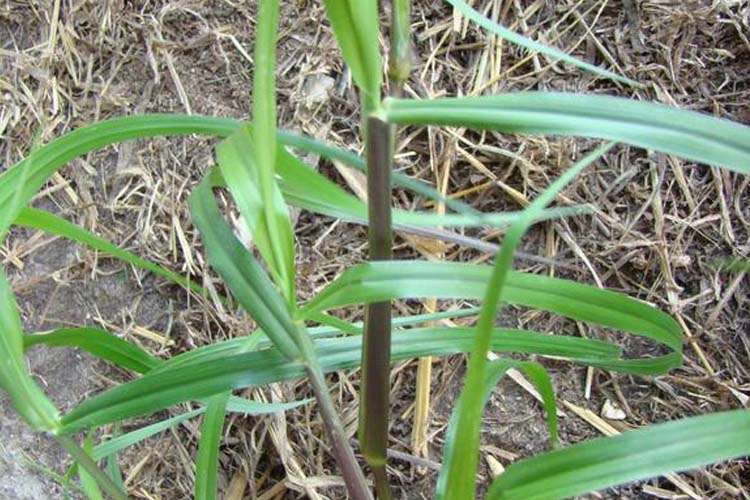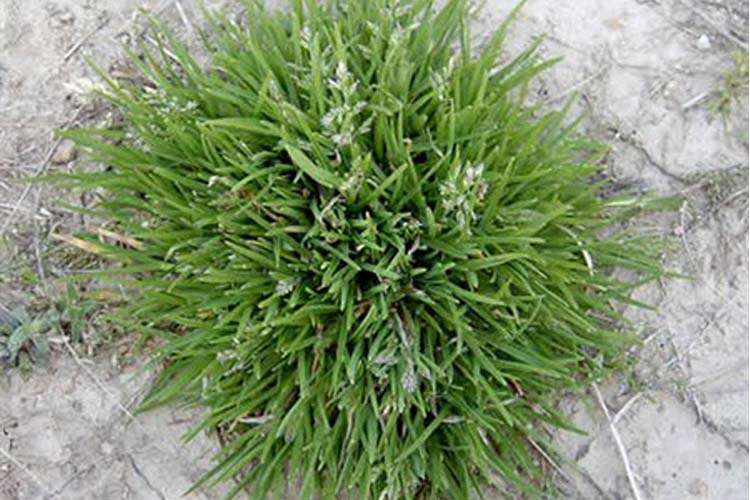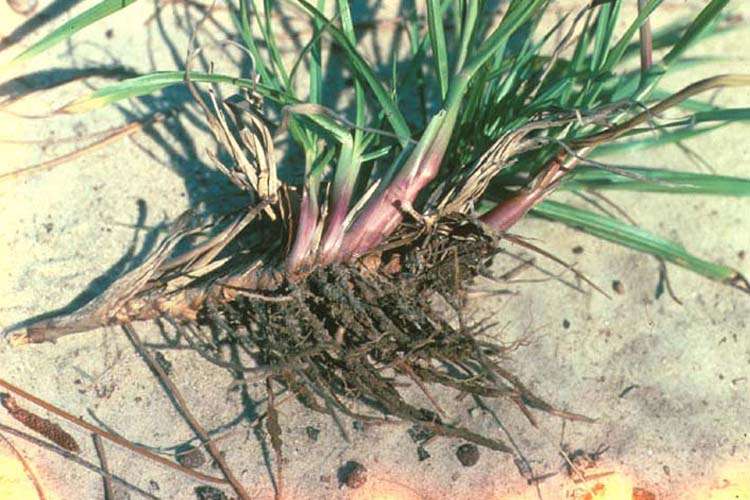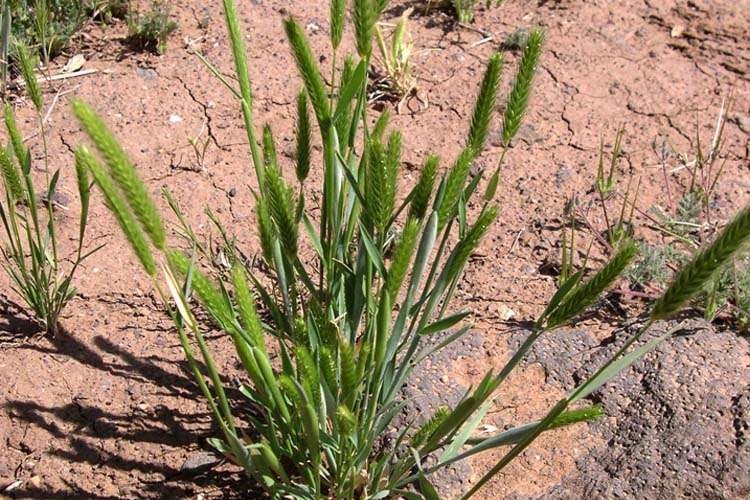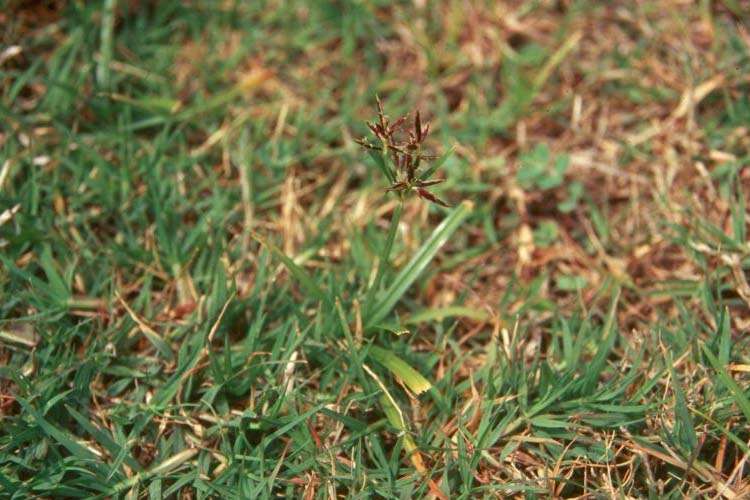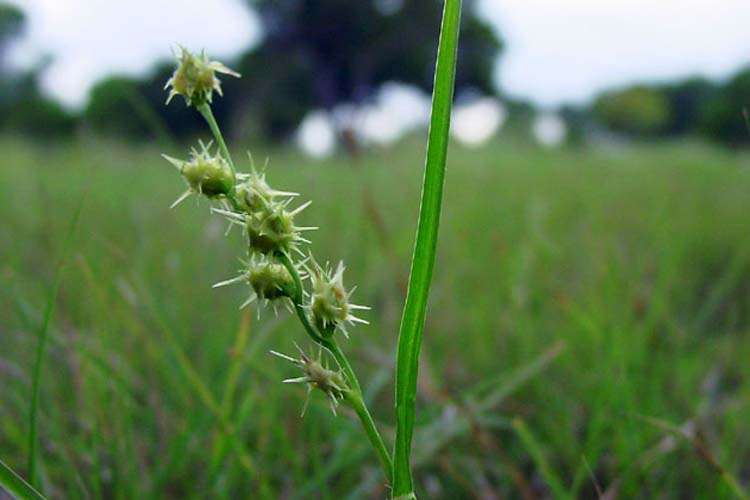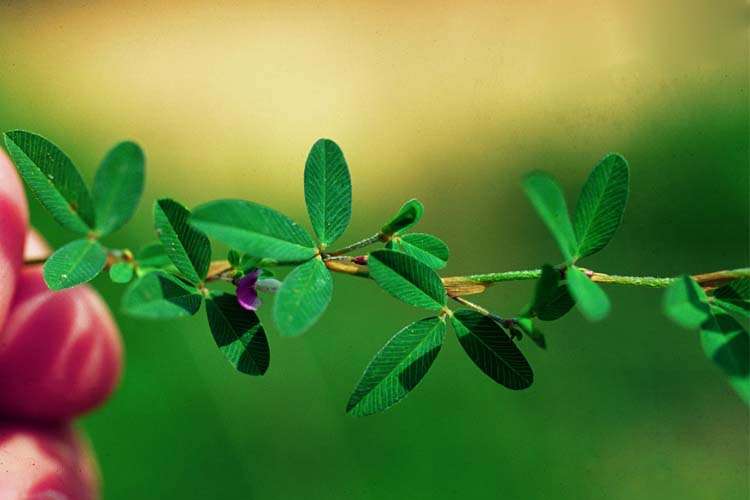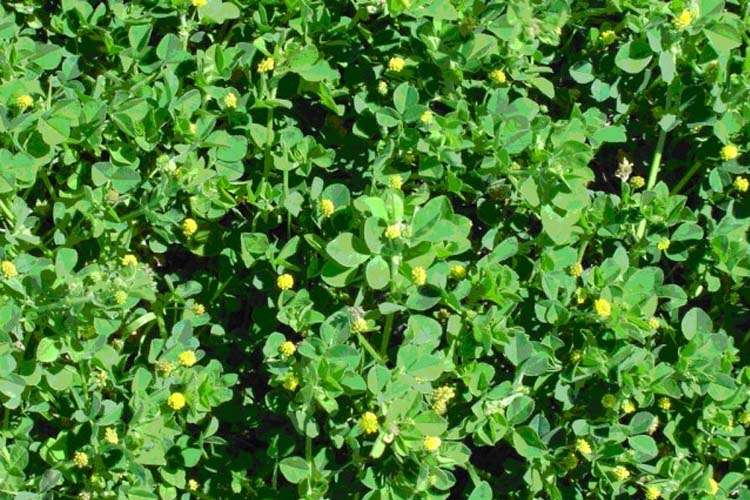Weed Identification
Weeds are problematic in our landscapes due to the fact they are aesthetically unpleasing and compete with desirable plants for water, nutrients, and sunlight. This is a quick guide to help identify and control many of the most common weeds found throughout the state. While this is not a complete guide that covers all weeds, it addresses the major weeds that cause problems in South Carolina landscapes.
Types of Weeds
Most weeds fall into one of two categories either annual or perennial. Annual weeds complete their life cycle in one season. At the end of the growing season, annual weeds produce seeds to ensure future weed populations. Because most annual weeds start from seed, pre-emergent herbicides are usually the best means of controlling them by inhibiting their germination.
There are both cool-season and warm-season annual weeds. Cool-season weeds begin to germinate when soil temperatures fall below 55 degrees F (Fall) and complete their life cycle in the springtime when warmer weather begins. Warm-season annual weeds begin to germinate when soil temperatures rise above 55 degrees F (Spring) and complete their life cycle when cool weather begins.
Perennial weeds once established in the landscape will survive for many growing seasons. These types of weeds can reproduce through several different means including seed and underground structures. The most effective way to deal with perennial weeds is through the use of post-emergent herbicides.
The two other categories that weeds fall under are broadleaf and grassy. Broadleaf weeds come in many shapes and sizes with various patterns to their leaves. Just as the name implies, broadleaf weeds are generally more wide than long. Grassy weeds tend to be narrower and longer, similar to the grass in your lawn. It is important for you to make the distinction between these two classifications, in order to select the proper herbicide for their control. As a general rule, most grassy weed herbicides will not control broadleaf weeds and vice versa.




